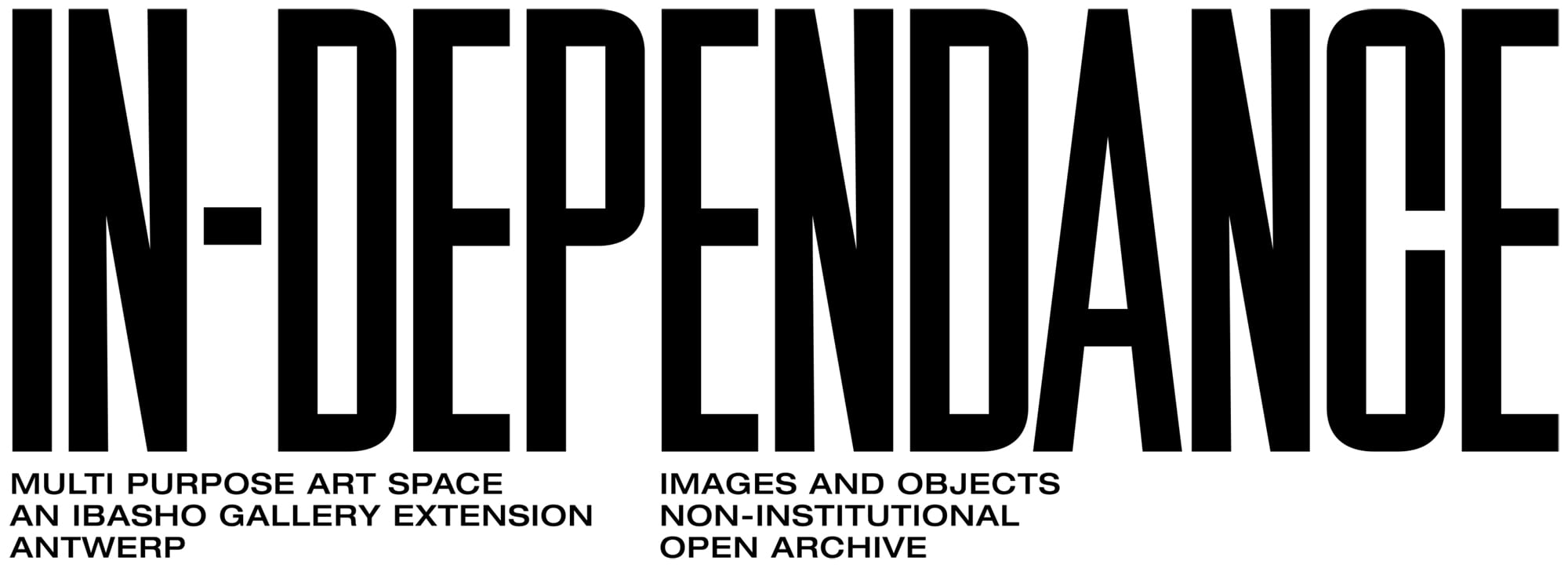In the exhibition 'Waiting for our Sight', Kusters presents a series of new works across various media that poetically explore themes of time, humanity, generational trauma, destruction, and the moral complexities of war. Works presented at IN-DEPENDANCE come from five projects: 'The Blue Skies Project' (2018), 'Zero' (2021), 'Inter, Remnants' (2024), 'Blue Lines' (2024) and 'Eucalypt Story' (2024). Kusters examines the impact of collective commemoration on the future memory of traumatic events. The concept of time and speculation is central to his oeuvre, influencing both his artistic process and the work itself. By using time as a conceptual tool, Kusters reflects on how it heals wounds, remains frozen or borrowed, and alters processes and imagery over time.
'The Blue Skies Project' consists of several connected works over different media and platforms, speaking of intergenerational trauma and memorialisation today. Over six years, Kusters researched and traveled to all 1.078 former Nazi Germany concentration camps and killing centers across Europe, to photograph a blue sky above each last known location. The Polaroid medium was specifically chosen here for its fragility and sensitivity, irreversibly fading over time like our collective memory. Each image is also stamped with the estimated number of victims and GPS coordinates of that location. Struck by seeing more than half of these sites having no visual remains today, Kusters' upward viewpoint asks us how we see, and how we choose to remember.
The other series exhibited at the gallery responds to the catastrophic firebombing of Japanese cities with napalm in 1945, which destroyed 67 cities, culminating in the use of two atomic weapons on 6 and 9 August 1945. While the use of atomic bombs irrevocably altered the course of humanity, the napalm firebombing campaign, the most devastating in human history, has largely faded from collective memory.
The central video piece 'Eucalypt Story' (2024) represents an apocalyptic moment stretched in time. The video superimposes the timeline and dialogue text from the 1953 film 'Tokyo Story' by Yasujiro Ozuon top of slow-motion footage of a surviving eucalypt tree in Hiroshima, Japan. As the tree moves in the wind, we witness a flash of light stretched out over 2 hours and 16 minutes as everyday conversations ebb and flow, generations connect, and time passes. During extreme close-ups, the camera searches for latent meaning in what the sensor has captured. The tension between text and image attempts to open up a space for reflection.
The Eucalyptus tree recurs in the series 'Inter, Remnants' (2024), which examines the limits of contemporary technology. The eerie and ephemeral images of the tree in Hiroshima, captured with a lidar 360° scanner, evoke the fire of the napalm bombing and the lingering ghosts of the past, frozen in time. The impressionistic dots, blotches and colours in these images strive to depict what cannot be fully captured, while simultaneously imbuing the past with meaning.
Blue Lines' (2024) is a series of paintings, where the artist reflects on the notion of 'borrowed time', an uncertain and limited period of time extending beyond or postponing the occurrence of something inevitable. The series takes us to the precise moment of the atomic bomb explosion over Hiroshima - an apocalyptic event that left an indelible mark on a generation, and the entire world. The paintings feature representations of indigo coloured kimono cloth patterns, as if looking from the inside out, through an obscuring fabric, into an abstract, barely discernible landscape. The same singular moment is witnessed over and over again, repeatedly painted from different perspectives. These fragmented narratives contemplate the inevitability of time and its passage across generations.
Referencing Thomas Ruff's 'Sterne' (Stars) and Tacita Dean's chalk blackboard drawings, the ongoing 'Zero' (2021-) series is a visual investigation of random dust, scratches, creases and fingerprints and contemplates the act of looking at things lost, impossible to recuperate. This speculative work questions how we see and how we attach meaning through time. These are enlarged prints of the original back of the peel-apart polaroids used in 'The Blue Skies Project' (2018). Their initial content has now become a tabula rasa: an erased, unseeable, latent presence, waiting for our sight.


